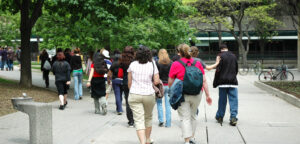
Fun with Field Trips
Field trips are often a school-year highlight for students. You may have fond memories of the enthusiasm created by a trip to your local fire department or zoo when you were young. You were thrilled to escape the four walls of your classroom and see












